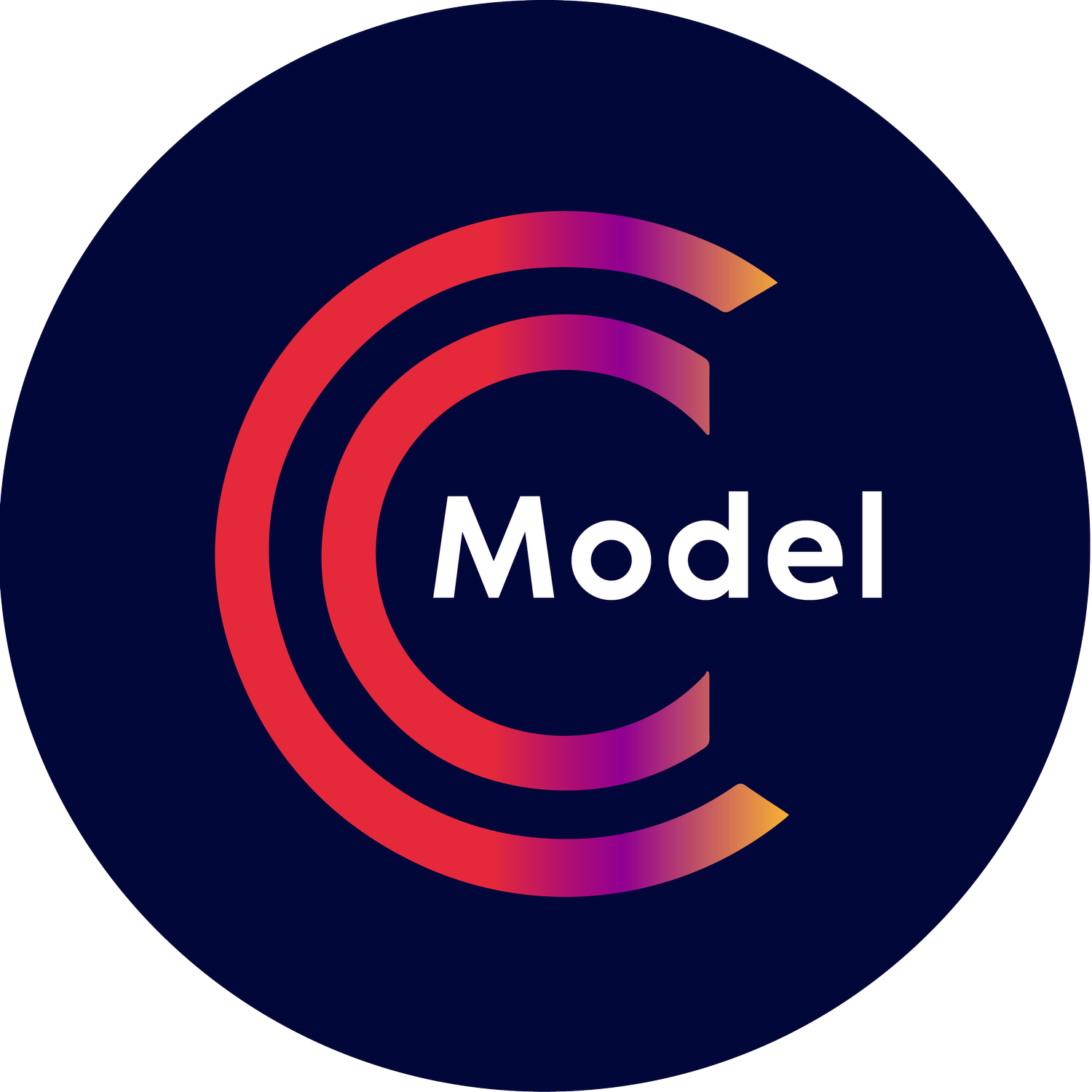Is Generative AI on the Decline?
In recent years, Generative Artificial Intelligence (AI) has garnered significant attention and praise for its remarkable capabilities in generating text, images, and more. With advancements like GPT-4 and various neural network architectures, it appeared that AI was on an unstoppable upward trajectory. However, as we delve into the world of Generative AI, it's essential to ask the question: Is Generative AI on the decline?
The Initial Hype
The journey of Generative AI began with much excitement and anticipation. Researchers and developers marveled at the prospect of machines that could create human-like content. It's no wonder that GPT-3 generated buzz in 2020 for its ability to craft coherent and contextually relevant text based on prompts. The capabilities of Generative AI seemed limitless, from creating imaginative stories to generating code snippets. It was hailed as a breakthrough technology, transforming the way we interact with machines.
The Challenges
Despite the initial enthusiasm, Generative AI has faced several challenges that raise questions about its continued dominance. One of the primary concerns is the fine line between generating creative content and spreading misinformation. The very power that allows AI to create authentic-seeming text also makes it a breeding ground for fake news and disinformation. As a result, there has been growing scrutiny of AI's ethical implications and the need for robust content moderation.
Overcoming the Gaps
Another obstacle for Generative AI is the so-called "common-sense" gap. While AI can generate text that sounds coherent, it often lacks real-world understanding and common sense. This leads to situations where AI-generated content might seem plausible but is ultimately nonsensical or factually incorrect. Closing this gap is a formidable challenge, but it's a necessary step for AI to regain its momentum.
Competition in the AI Space
The field of AI is highly dynamic, with new innovations emerging at an astonishing pace. Generative AI now faces stiff competition from other AI domains, such as Reinforcement Learning and Computer Vision. These domains have made significant advancements and are increasingly being integrated into real-world applications, potentially diverting attention and resources away from Generative AI.
Regulatory and Ethical Concerns
As Generative AI's potential for harm becomes evident, regulatory bodies and policymakers have started to scrutinize its use. There is growing pressure to establish guidelines and regulations to ensure that AI systems are used responsibly and ethically. While these efforts are necessary for the safe development of AI, they might also slow down its progress.
The Evolution of Generative AI
While Generative AI may face challenges, it is by no means on the decline. Instead, it is evolving to address these issues and stay at the forefront of AI innovation. Researchers are continually working on improving the common-sense understanding of AI systems and enhancing content moderation techniques to combat misinformation. Additionally, collaboration between AI developers and regulatory bodies can lead to a more responsible and ethical use of AI technology.
Real-World Applications
Generative AI's journey is far from over, as it continues to find applications in various fields. From content generation for marketing and advertising to aiding in software development, AI has proved its utility. The real power of Generative AI lies in its potential to augment human creativity and productivity, rather than replace it.
In the world of technology, there are often cycles of hype and scrutiny. While Generative AI faces challenges and concerns, it is not on a path of decline; it's on a path of evolution and refinement. The issues that have surfaced are natural growing pains as we navigate the transformative potential of AI. With responsible development, continued research, and collaboration between stakeholders, Generative AI will continue to shape the future of technology, enriching human-machine interactions and driving innovation across diverse industries.
When we look at the trajectory of Generative AI, it becomes evident that its evolution is not a solitary journey. Instead, it's part of a broader transformation in the AI landscape. Decision Intelligence, another revolutionary branch of AI, complements Generative AI's capabilities seamlessly. By integrating Decision Intelligence with Generative AI, businesses and organizations can harness the power of data-driven decision-making and creative content generation in unison.
This powerful synergy empowers companies to make informed decisions based on the insights derived from vast datasets while using Generative AI to streamline content creation, resulting in a winning combination that propels them ahead in today's competitive landscape. The future of AI lies not in isolation but in the fusion of these remarkable technologies, creating a holistic approach to problem-solving and innovation.

